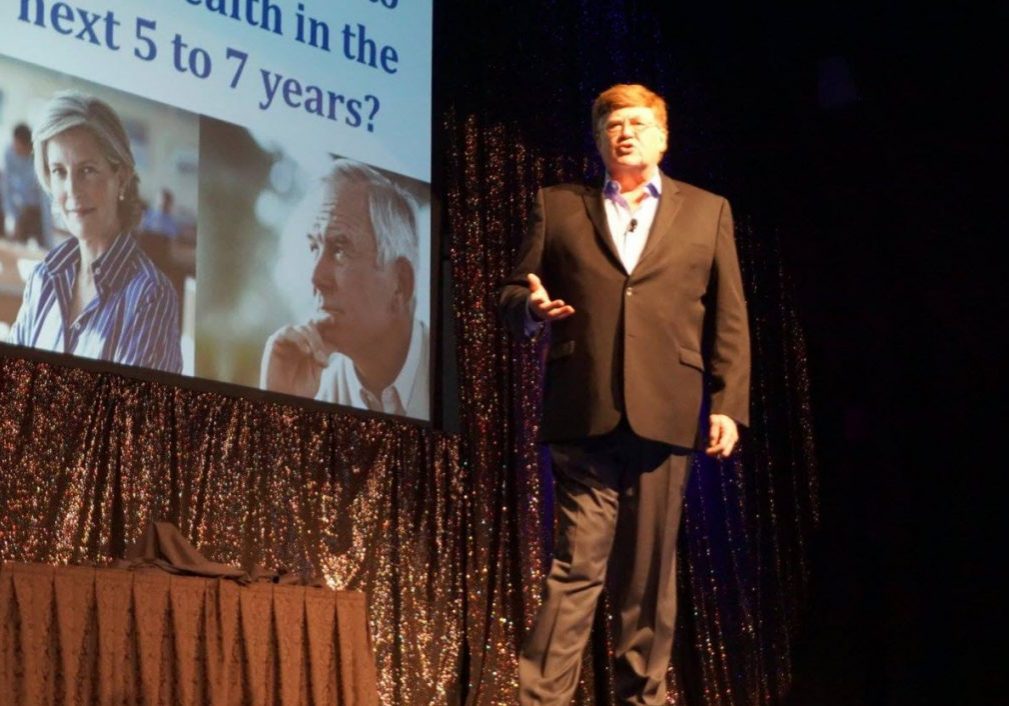January 2018, from TruckingInfo.com

There have been more dramatic changes in the last three years than there have been in the previous 40, according to Jim Pancero, “The Powerhouse of Sales.”
He used the games baby boomer and millennials played as children to demonstrate the differences between them. Baby boomers organized their own activities and typically spent one third of their time picking side, another third playing the game and the last third fighting about the rules were. Salespeople who are baby boomers just want you to leave them alone to do their jobs. They will come to you if they have questions but they are very likely “to make things up as they go along.”
Contrast this with the millennials. From a young age they played organized sports, grew up in a rules environment. “When they come to work for you, they want to know who their ‘coach’ is going to be and want to be shown what works best in a sales situation,” he said.
Millennials want to know the best practices that will lead to sales success, but most companies don’t have a defined sales process, added Pancero.
The second key difference between the generations is when the cell phone came into their lives. That determines how frequently someone needs to be communicated with. Typically millennials want more communication than baby boomers.
In addition to managing differences in your sales force, you need to manage changes in the sales process. In today’s environment sales reps are brought into the process much later as many customers spend time on line doing their own research.
Pancero said there has also been a shift in the things that give you a competitive advantage. Things like location, products, service, and brand are value more by buyers from the baby boomer generation. Millennials, on the other hand, place value on brand, simplicity/ease of doing business, connectivity and information control. Millennials assume that things like having enough locations, product selection and quality and service are a given.
In order to meet the needs of millennials employees and customers, Pancero said to do these three things:
- Have a story to tell about why they should work for you or buy from you
- Develop sales best practices
- Engage in proactive skills coaching
Like it or not, millennials are in the market both as consumers and potential employees. “We have to adapt to them,” Pancero said. “We can't ask the environment to adjust to us.”
